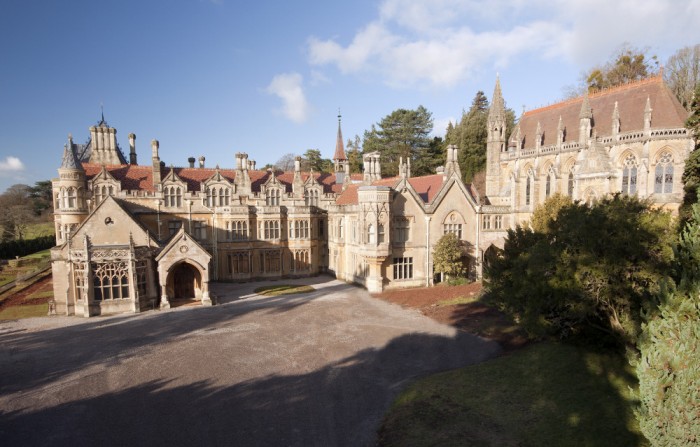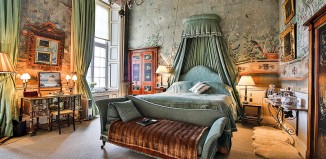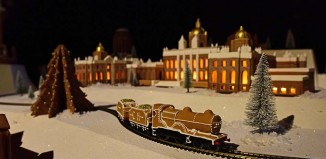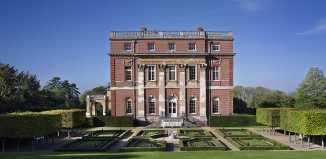Solace during strife: the war effort at Tyntesfield
Built in 1863 as a home for the Gibbs family, the glorious Gothic Revival Tyntesfield House is a very Victorian creation, but during the Second World War Tyntesfield came to life with its contribution to the war effort. Hannah Medland investigates…
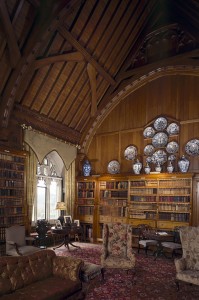
The exquisite library at Tyntesfield House has the Latin proverb “spoken word flies but written word remains” inscribed on its doors. However, as highly as the Gibbs family valued their literature, its precious books were put to one side to be replaced by bandages and other medical supplies during the Second World War.
A driving force behind Tyntesfield’s war effort was lady of the house, Ursula Wraxall, who was very active in the Red Cross and president of the Somerset division, running a central supply service for the hospitals in the west of England in 1940.
Nor was the library the only part of the estate to see changes. A more unusual development saw the estate’s lake drained so that it wouldn’t reflect the lights of the planes piloted by the German air force who used it to navigate on their way to Bristol to carry out bomb raids.
Tyntesfield also participated in the government initiative to evacuate the children of Britain from cities vulnerable to attack to the countryside. In January 1941 female students from Bristol’s Clifton High School were given a wing of the house to board in. The girls would continue their education by travelling to school during the day but would stay at Tyntesfield at night, using the cellars as dormitories if air-raid warnings were announced.
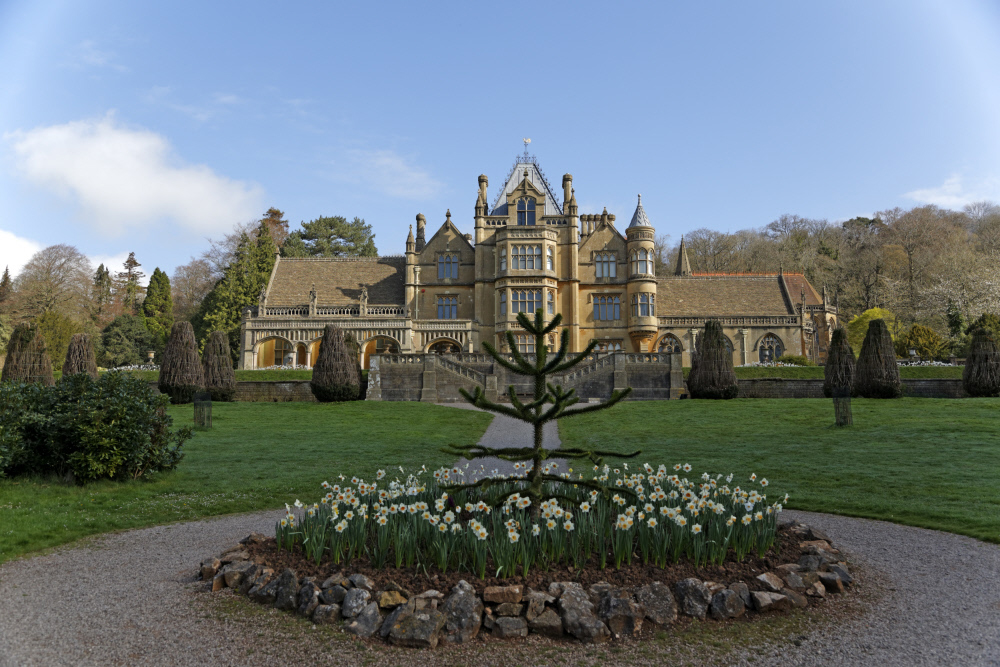
In the autumn of 1942, the War Office claimed approximately 50 acres of Tyntesfield’s 540-acre estate for the development of an American army hospital. The US authorities allowed 50 of the 582 hospital beds normally reserved for wounded troops to be allocated to civilians to help relieve the pressure on the local healthcare service.
For the entertainment of the troops weekly movie nights were arranged as well as regular dances featuring 12-piece bands. A library managed by the Red Cross was provided and even special lectures were given by staff from the University of Bristol. Further efforts by the local people to welcome the injured soldiers included inviting them to their houses for dinner and local girls accompanying the soldiers to dances, while workers from the American Red Cross also ran musical recitals, bingo parties, and quizzes for everyone to enjoy.
The hospital and surrounding buildings further benefited the community when they were converted in 1945 into accommodation for civilians who had been made homeless due to the bombing in Bristol and elsewhere. Over 100 families were relocated there.
And Tyntesfield’s war effort continued after the war: during the 1950s the organs in the chapel and the organ room of Tyntesfield House were used to provide spare parts to aid the restoration of organs in Bristol’s churches, which had been damaged by the bombs.

